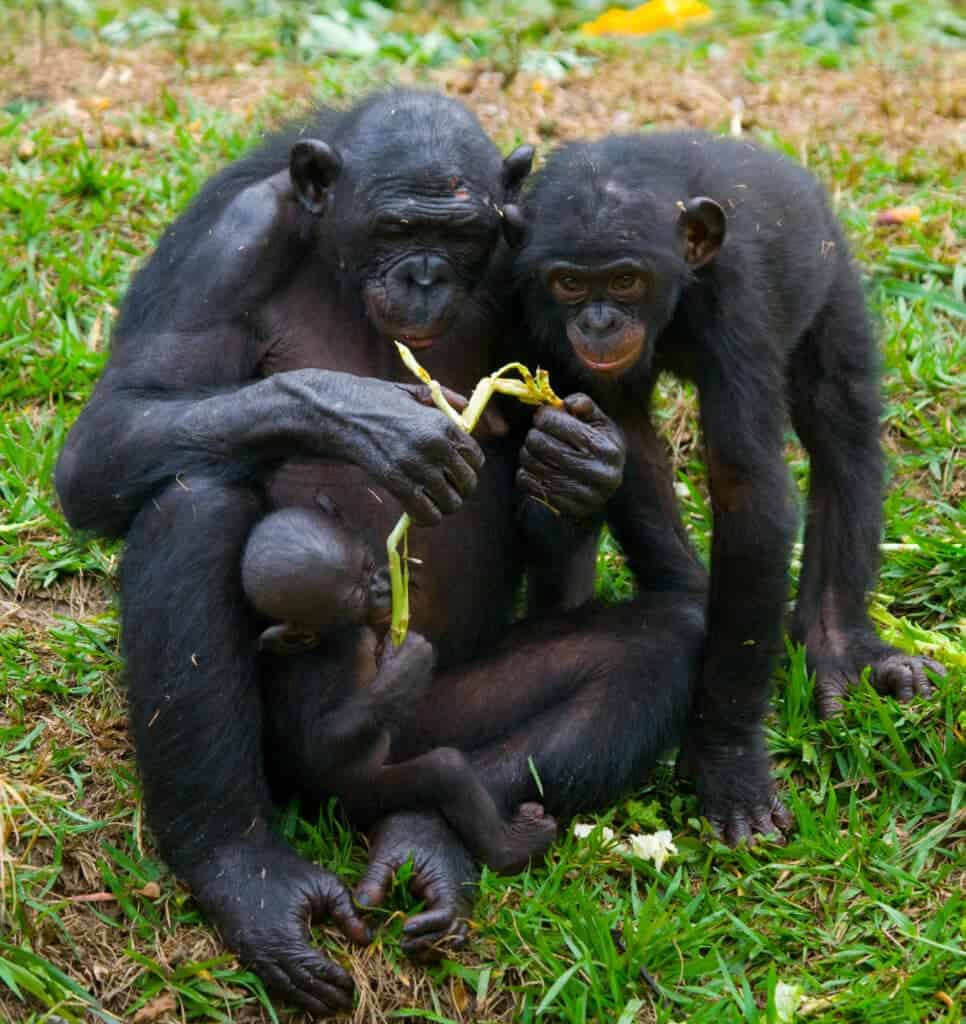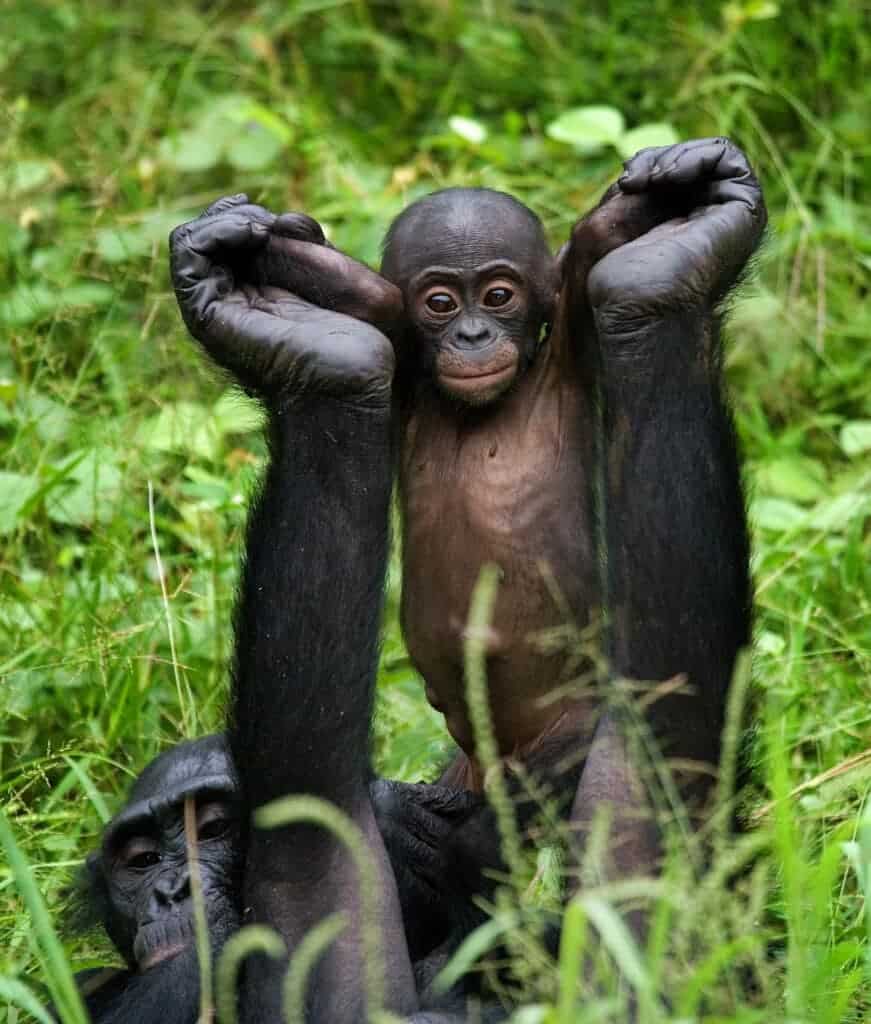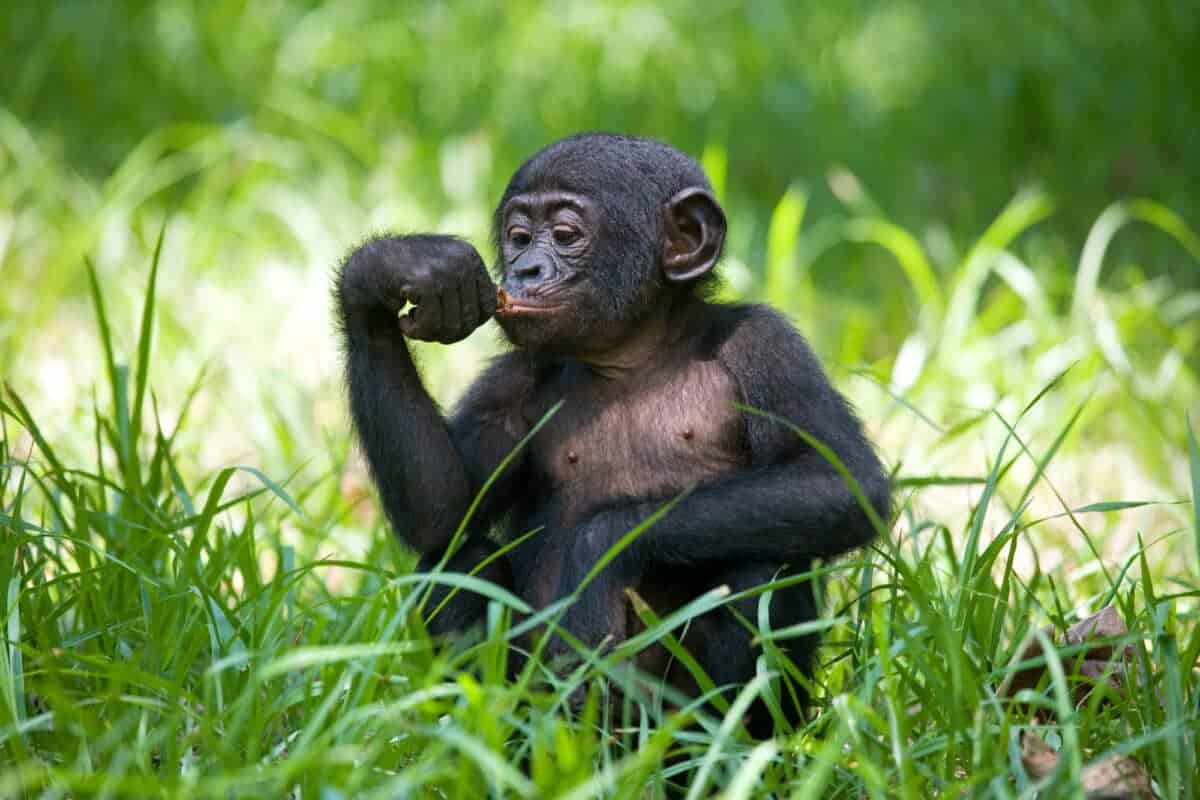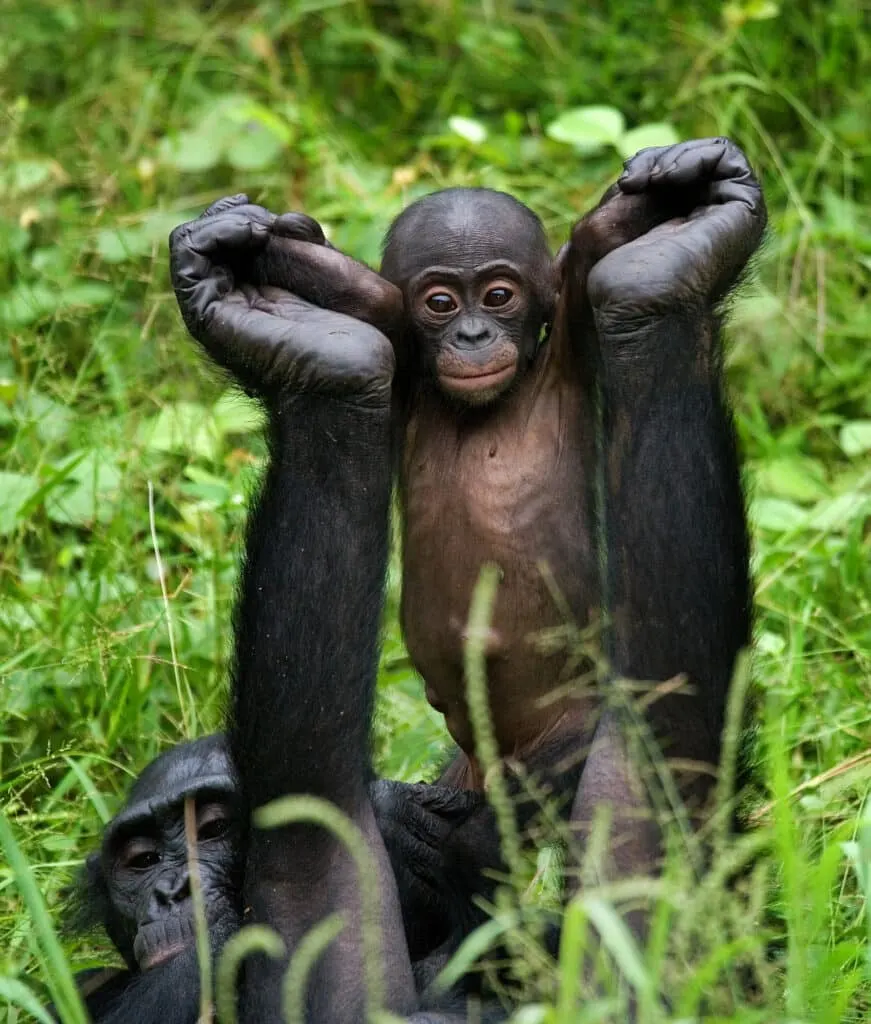Welcome to the captivating world of primates! Apes, the closest surviving relatives of humans, are a testament to the wonders of evolution. Each ape species brings its charm and remarkable skills to the forests and jungles they inhabit, from the agile gibbons gracefully swinging through trees to the awe-inspiring gorillas commanding respect.
Prepare to be amazed as we explore the unique characteristics of apes, delving into their biology, behavior, and social organization. Whether you’re a longtime admirer of these incredible animals or just beginning your journey into the realm of primatology, you’re bound to be enthralled by all that apes have to offer.
Let’s embark on this fascinating adventure and uncover the mysteries of the ape world together!
The Classification of Apes

The taxonomic family Hominidae, which also includes humans and big apes, is where apes are classified. The Homininae and the Ponginae are the two subfamilies into which they are further divided.
While the Ponginae only includes gibbons and siamangs, the Homininae includes humans, orangutans, gorillas, and chimpanzees. Apes differ from other primates because they are larger in stature and lack a tail.
The Various Ape Species and Their Physical Traits
The great apes and lesser apes are two of the seven species of primates still alive today. The great apes include gorillas, chimpanzees, bonobos, orangutans, while the lesser apes refer to gibbons and siamangs.
Male gorillas can weigh up to 400 pounds, making them the largest species of primates. Chimpanzees and bonobos, sharing 98.5% of their DNA with humans, are closely related to us.
Orangutans are distinguished from other primates by their strong arms and striking reddish-brown fur. Gibbons and siamangs, on the other hand, are known for their acrobatic skills despite being the smallest apes.
Where Apes are Found in the World

Only in parts of Africa and Southeast Asia that have extensive forested areas can you find apes. Chimpanzees and bonobos can only be found in the woods and savannahs of West and Central Africa, while gorillas can be found in the forests of Central Africa.
Southeast Asian islands Borneo and Sumatra are home to orangutans. Many Southeast Asian nations, including Thailand, Indonesia, and Malaysia, are home to gibbons and siamangs.
Unfortunately, habitat degradation, hunting, and other human activities endangered all ape species, making conservation efforts essential to their future.
The Apes’ Biology
Apes, including great apes such as orangutans, gorillas, bonobos, chimpanzees, and humans, share a remarkable biological resemblance due to their common ancestry. Several key features characterize the biology of apes.
The Physiology and Anatomy of Apes
Apes are different from other primates in various ways on the physical level. They can move gracefully and quickly over the forest canopy thanks to their flexible shoulders and strong arm muscles.
They can grasp and manipulate objects with amazing accuracy thanks to their long arms and opposable thumbs, vital for survival in the wild. In addition, they vary from other primates due to their huge brains and complicated dentition, which reflects their diversified diet.
Overall, they prosper in ways other primates cannot due to their distinctive architecture and physiology, allowing them to thrive in their settings.
Primates‘ Distinct Brain Architecture and Superior Cognitive Abilities
The remarkable cognitive powers of Primates are well recognized. Thanks to their huge brains and sophisticated neurological systems, they can learn and solve problems in ways distinct from other primates.
These creatures have a remarkable capacity for self-awareness and an uncommon ability to recognize themselves in mirrors. They can also use tools, comprehend intellectual ideas, and even display empathy for one another.
They are fascinating research subjects because of their cognitive capacities, which have substantially improved our understanding of how intellect and cognition have developed in the animal species.
Communication, Teamwork, and Culture in Apes’ Social Behavior
Primates are extremely sociable and have sophisticated social, cooperative, and cultural patterns. They use their intelligence to perceive and react to their social environment through vocalizations, gestures, and facial expressions.
Strong social ties are also formed by primates, particularly within their families and troop groups. These connections are vital to their existence because they offer them resources, protection, and assistance in foraging and hunting.
Primates have also engaged in cultural behaviors, including manufacturing tools and transmitting knowledge from generation to generation. Because primates and humans share a complex social behavior, primates are fascinating research subjects and serve as a reminder of how closely related primates and humans are in terms of evolution.
Apes’ Impact on Ecosystems

Apes, as keystone species, have a significant impact on the ecosystems in which they inhabit. Their presence and activities play a crucial role in shaping and maintaining the biodiversity and health of their ecosystems.
The Importance of Apes in Terms of Ecology
Apes are important in sustaining biodiversity, making them essential to many ecosystems. They aid in creating and surviving forests by dispersing plant species’ seeds over vast distances.
Additionally, they take on the role of herbivores, eating plant matter that would otherwise amass and possibly present a fire risk.
A balance between various species in their particular environments is created by apes acting as predators and prey, contributing to the food web.
Apes are a Keystone Species
Due to their distinctive ecological responsibilities, some apes, including gorillas, have been named keystone species. In contrast to their abundance, these species disproportionately impact the ecosystem, making their conservation a top priority.
Apes provide ecological services that support the preservation of healthy forests and other habitats, such as seed distribution and herbivory. They also contribute to carbon sequestration, which can lessen the effects of climate change.
The Difficulties Ape Populations Face and the State of Their Conservation
Numerous issues, such as habitat loss, degradation, fragmentation, hunting, and poaching, now affect ape populations.
In the past few decades, these challenges have led to a significant decrease in ape numbers, placing many species in a state of endangerment or severe endangerment. Protecting these important species and habitats is crucial, but conservation efforts often require additional funding and resources.
Additionally, there is a need for more knowledge and instruction regarding primates’ cultural and ecological value and their critical function in ecosystems.
Summary
| Topic | Summary |
|---|---|
| Classification of Apes | Apes belong to the taxonomic family Hominidae, divided into Homininae and Ponginae subfamilies. |
| Various Ape Species and Physical Traits | Apes include big apes (gorillas, chimpanzees, bonobos, orangutans) and lesser apes (gibbons, siamangs) with distinct physical characteristics. |
| Geographic Distribution of Apes | Apes are found in parts of Africa and Southeast Asia, inhabiting specific forested regions. |
| Biology of Apes | Apes share biological similarities due to their common ancestry, including unique physiology, anatomy, and cognitive abilities. |
| Apes’ Impact on Ecosystems | Apes play a crucial role as keystone species in maintaining biodiversity, supporting ecosystems, and contributing to ecological balance. |
| Conservation Challenges and Efforts | Apes face habitat loss, degradation, hunting, and other threats. Conservation efforts are necessary to protect their populations. |
| Conclusion | Apes are remarkable creatures, captivating us with their intelligence, social behavior, and ecological significance. |
The Bottom Line
Primates are a unique animal group that continues to fascinate and motivate us. Their motions through trees and over the forest floor are a sight to behold, and their intelligence, social behavior, and physical prowess have captivated human interest for millennia.
We already know through scientific research that these creatures have extraordinary skills that set them apart from other animals. These include their aptitude for manufacturing tools, verbal communication capacity, and comprehension of intricate social hierarchies. A tight genetic connection between these creatures and humans also gives us insight into our evolutionary past.
Overall, primates are a fascinating and important part of our natural environment, and we should continue to respect and be in awe of them as we learn more about them and observe them.
Enjoyed this article? Read more amazing ones: Australian Labradoodles – Unleashing Love And Fluffiness!, Angora Ferrets – The Ultimate Guide to Care, Health, and Fun, and Angora Goat – A great farm edition.
Join our Forum for free today!

- Top 10 Savanna Animals - June 3, 2024
- American Bulldog – Cute Ball of Fear - May 31, 2024
- Mammoths Vs. Mastodons - May 31, 2024




